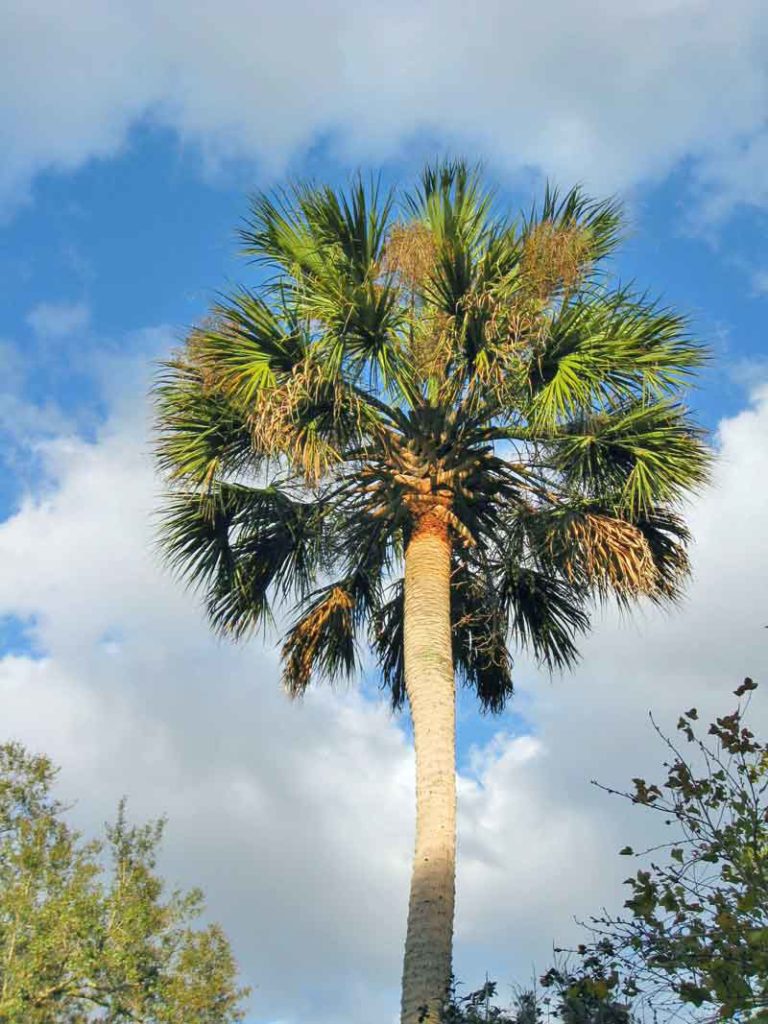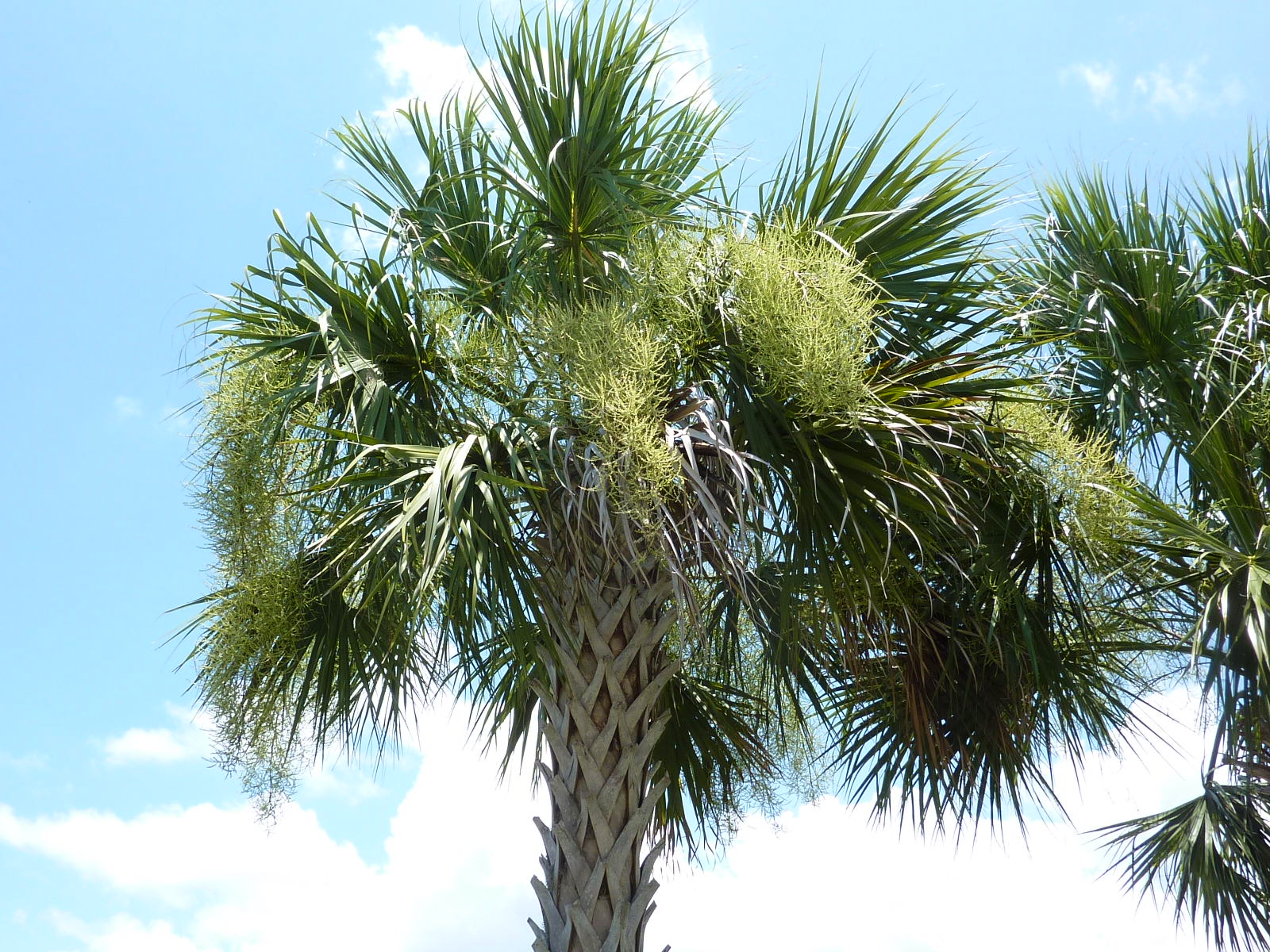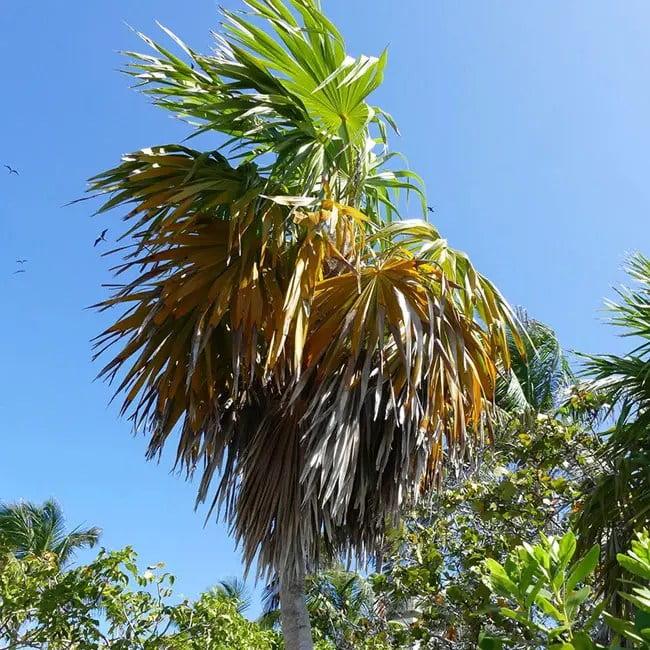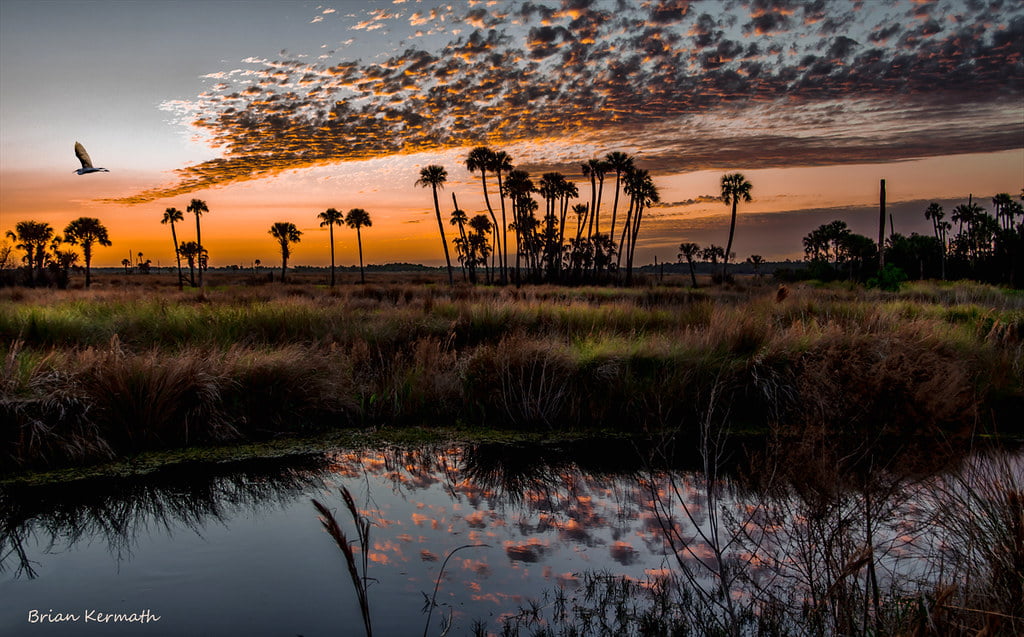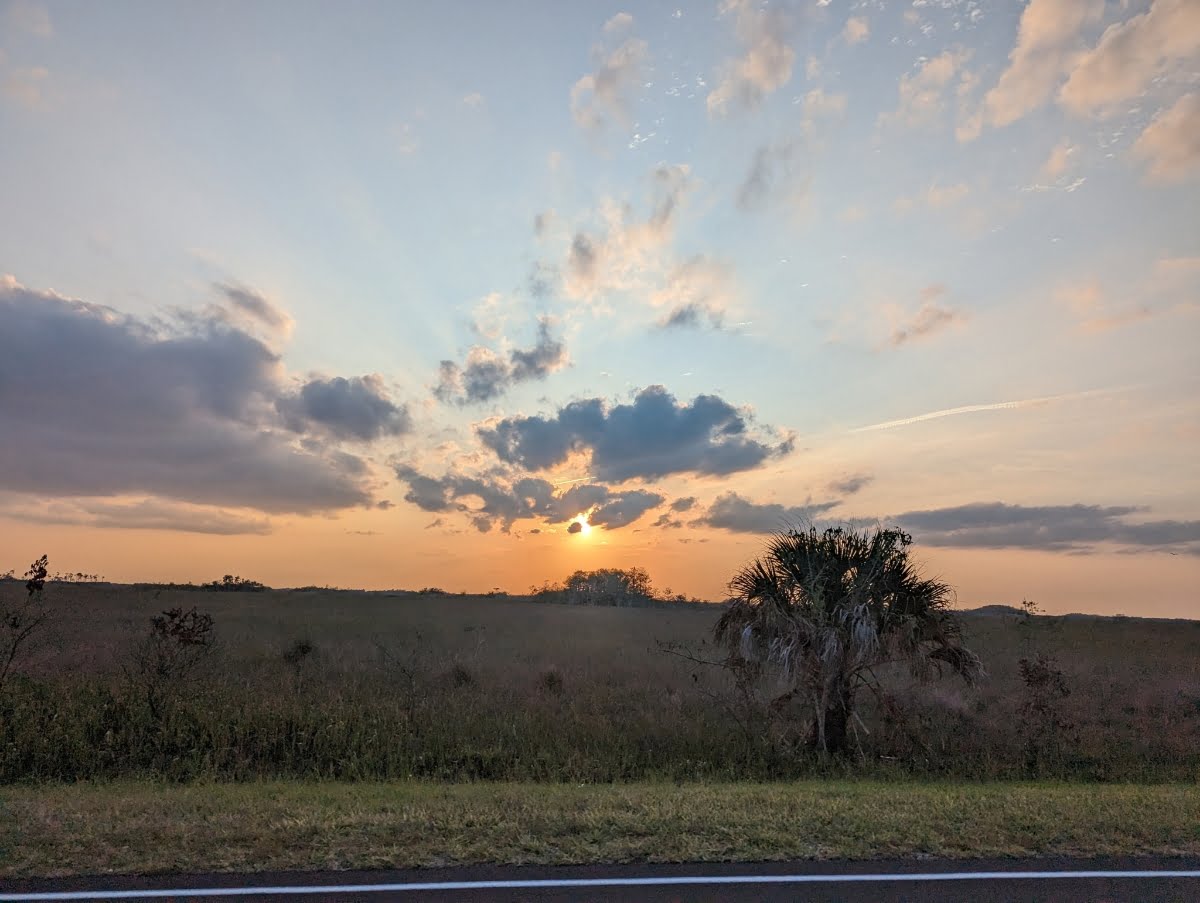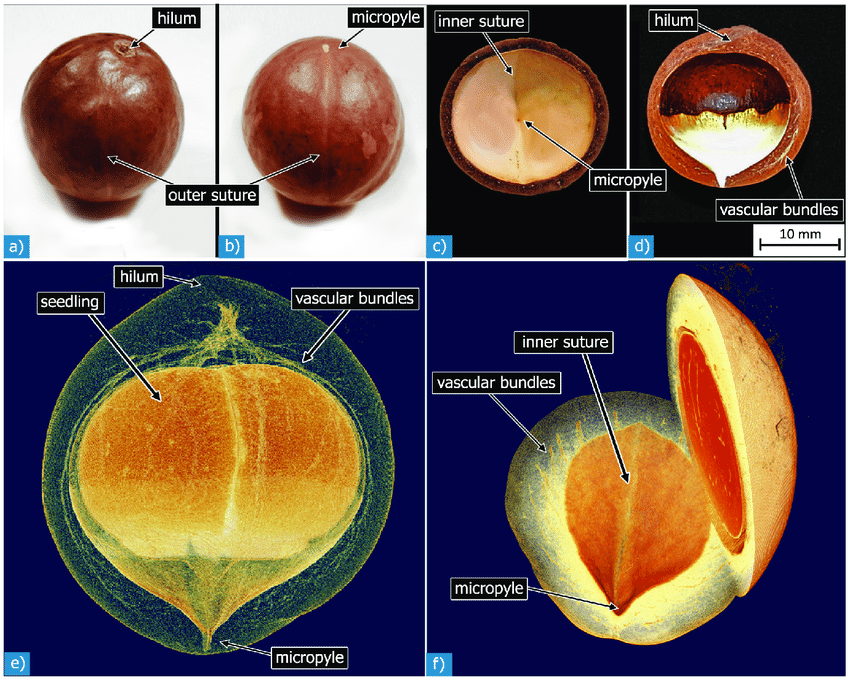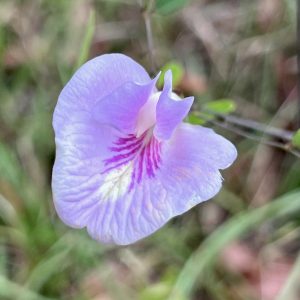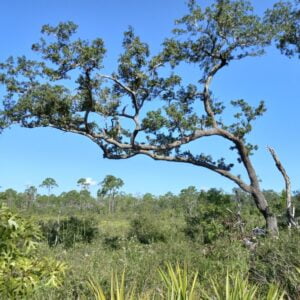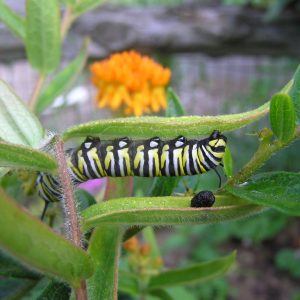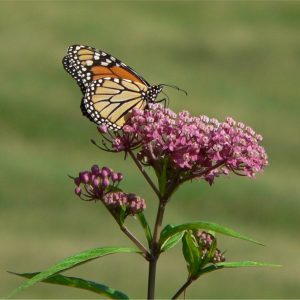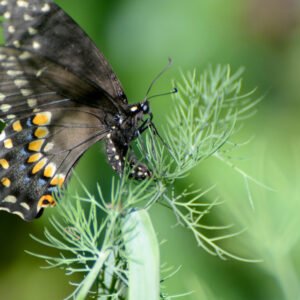50 Florida-Native Cabbage Palm Seeds (Sabal palmetto) – State Tree of Florida
$2.00
Whether you’re looking to add a tropical touch to your garden or support local ecosystems, Cabbage Palm Seeds are your ticket to a thriving, resilient palm that sways gracefully with tales of its native land. 10 seeds.
Origin: Polk County, FL, USDA 8-11.
30 in stock (can be backordered)
Description
50 Florida-Native Cabbage Palm Seeds (Sabal palmetto) the State Tree of Florida
Evoke the essence of the Sunshine State in your garden with the Florida Native Cabbage Palm Seeds. Known scientifically as Sabal palmetto, the Cabbage Palm stands as a testament to Florida’s rich botanical heritage, with its tall, slender trunk crowned with a burst of fan-shaped leaves. It serves as Larval Host Plant to the Monk Skipper.
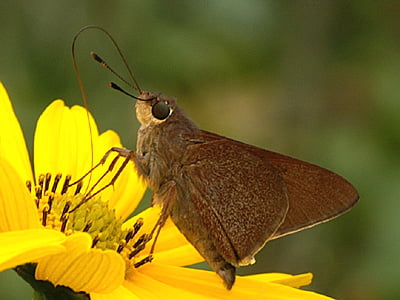
Native Range
The Cabbage Palm is native to the southeastern United States, predominantly flourishing in Florida and extending to coastal regions of North Carolina and South Carolina, as well as coastal regions of the Gulf States.
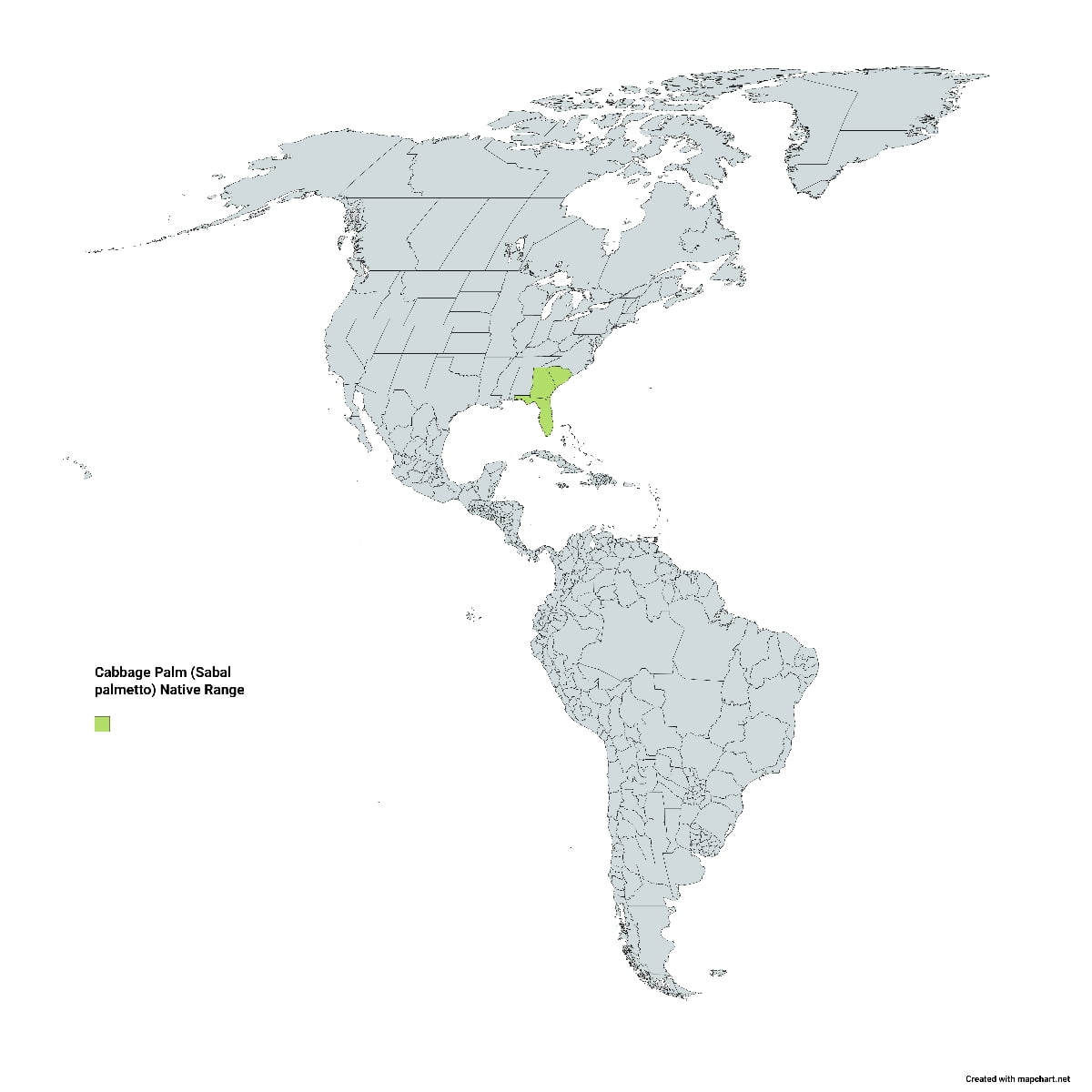
USDA Hardiness Zones
Suitable for zones 8 through 11, the Cabbage Palm is resilient, tolerating varying weather conditions from mild frosts to the intense summer heat.
Germination Instructions
1. Pre-soak the seeds in warm water for 24 hours to soften the outer shell.
2. Sow seeds about 1 inch deep in a mix of well-draining soil and sand.
3. Maintain moisture, ensuring the soil remains consistently damp but not waterlogged.
4. Provide warmth, ideally maintaining a temperature between 75°F to 85°F.
5. Patience is key, as Cabbage Palm seeds can take anywhere from 6 weeks to 6 months to germinate.
Germination of cabbage palmetto seeds is hastened by stratification in moist sand for 30 days at 3° C (37° F). Dormancy is also broken if the micropyle cap is removed. For example, germination of untreated seed was 36 percent in 100 days but was increased to 84 percent or more in 4 days by removal of the micropyle cap.
Planting Instructions
1. Choose a sunny spot, although young palms appreciate a bit of afternoon shade.
2. Ensure well-draining soil to prevent root rot.
3. Space out saplings at least 6 feet apart to accommodate growth.
4. Water regularly for the first few months, gradually reducing frequency as the palm establishes itself.
5. Fertilize with a balanced, slow-release palm fertilizer in spring to boost growth.
Conclusion
The Florida Native Cabbage Palm is more than just a plant; it’s a piece of Florida’s soul. Whether you’re looking to add a tropical touch to your garden or support local ecosystems, these seeds are your ticket to a thriving, resilient palm that sways gracefully with tales of its native land.
50+ seeds. Origin: Polk County, FL, USDA 8-11.
